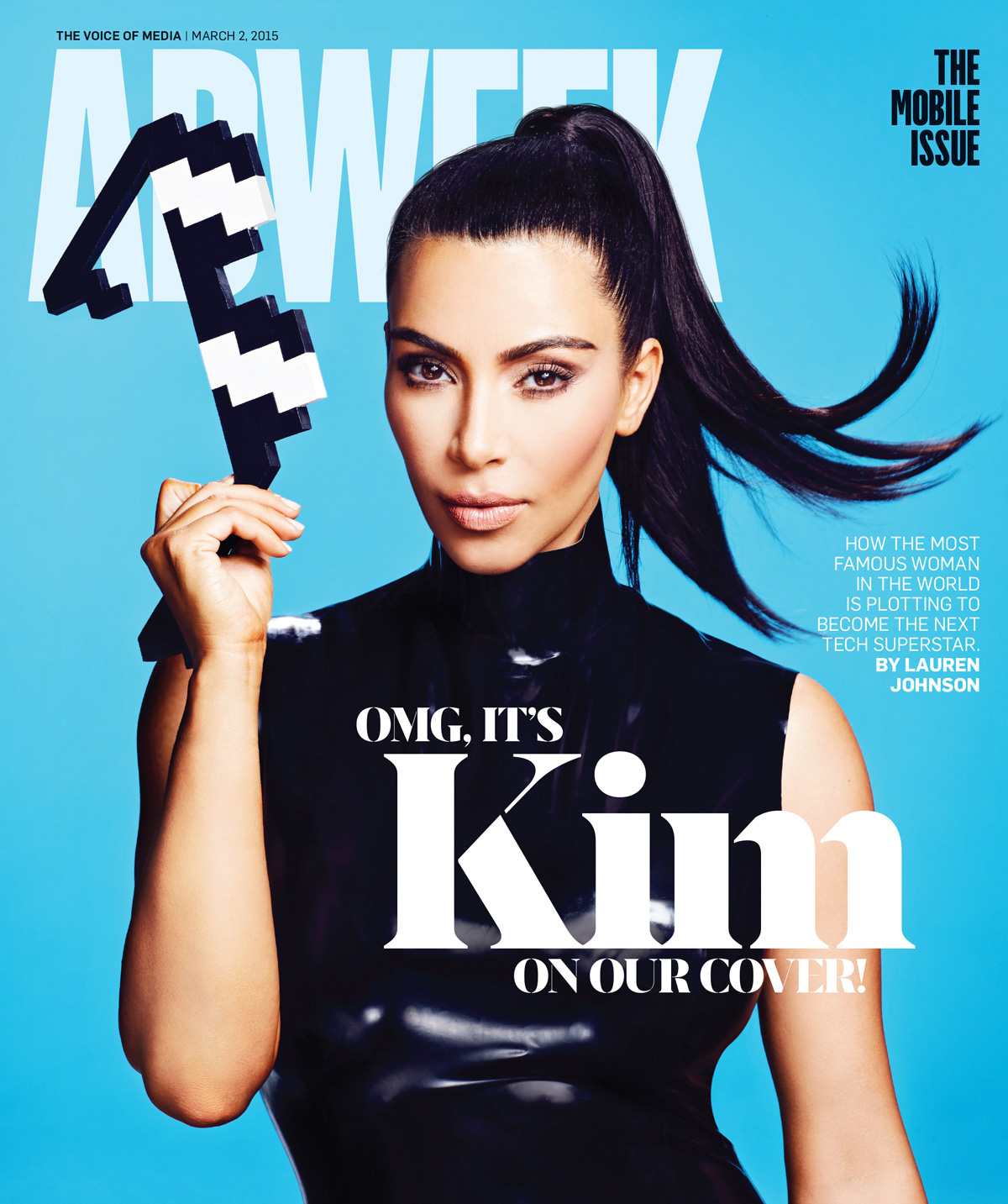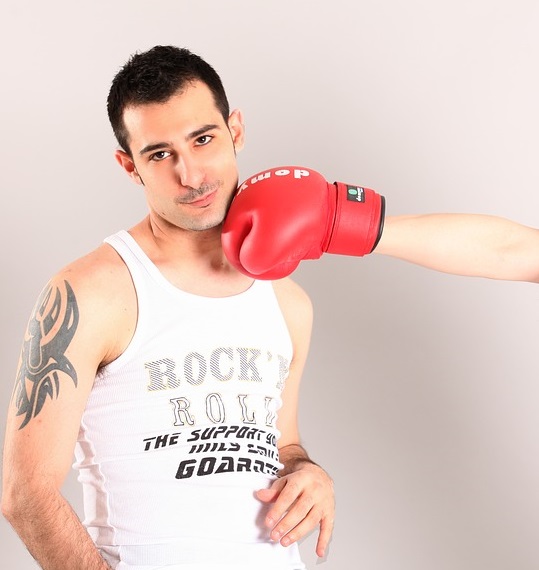It’s all about the reviews, so make sure yours are good.
By MediaStreet Staff Writers
More than three quarters of travellers use review sites such as Yelp and Trip Advisor to conduct research prior to booking services.
This is according to a survey conducted by The GO Group, an international ground transportation provider.
The respondents were asked about site usage for accommodations, activities, events and ground transportation.
When asked about use of sites for hotels and other accommodations, 13% of respondents said they always check sites; 31% said they do so frequently, 34% said sometimes and 22% said never.
Fifteen percent said they always check sites for reviews about tours and activities; 25% and 34% said they do so frequently and sometimes, respectively. The results for checking on attractions and venues were similar were about the same.
Fewer people use review sites for ground transportation. Only 10% percent said always they did so; 23% said frequently and 40% replied sometimes.
The survey also asked how many people post on review sites. Just three percent said they always posted on the sites, nine percent do so frequently; 40% post sometimes and 26 % responded they have never posted on a review site.
“In addition to or even in lieu of obtaining information and referrals from close friends and family, more people are opting to use content generated by strangers as a guide for booking travel experiences, says John McCarthy, president, GO Group. “As reliance on online review sites continues to grow, it behooves all of us in the travel-related industries industry to regularly review and respond to posts, and monitor them for potential customer services issues.”
The GO Group LLC is the nation’s largest airport transportation provider, offering shared rides, private vehicles, sedans, charters and tours, serving some 90 airports in North America, Mexico, the Caribbean and Europe and transporting more than 13 million passengers per year.
This study shows just how much babysitting and care you need to put into your online reviews. Like you don’t already have enough to do!
Have you listed your company in our Media Directory? It’s free! Everyone’s favourite price! Click here to do it now.






























